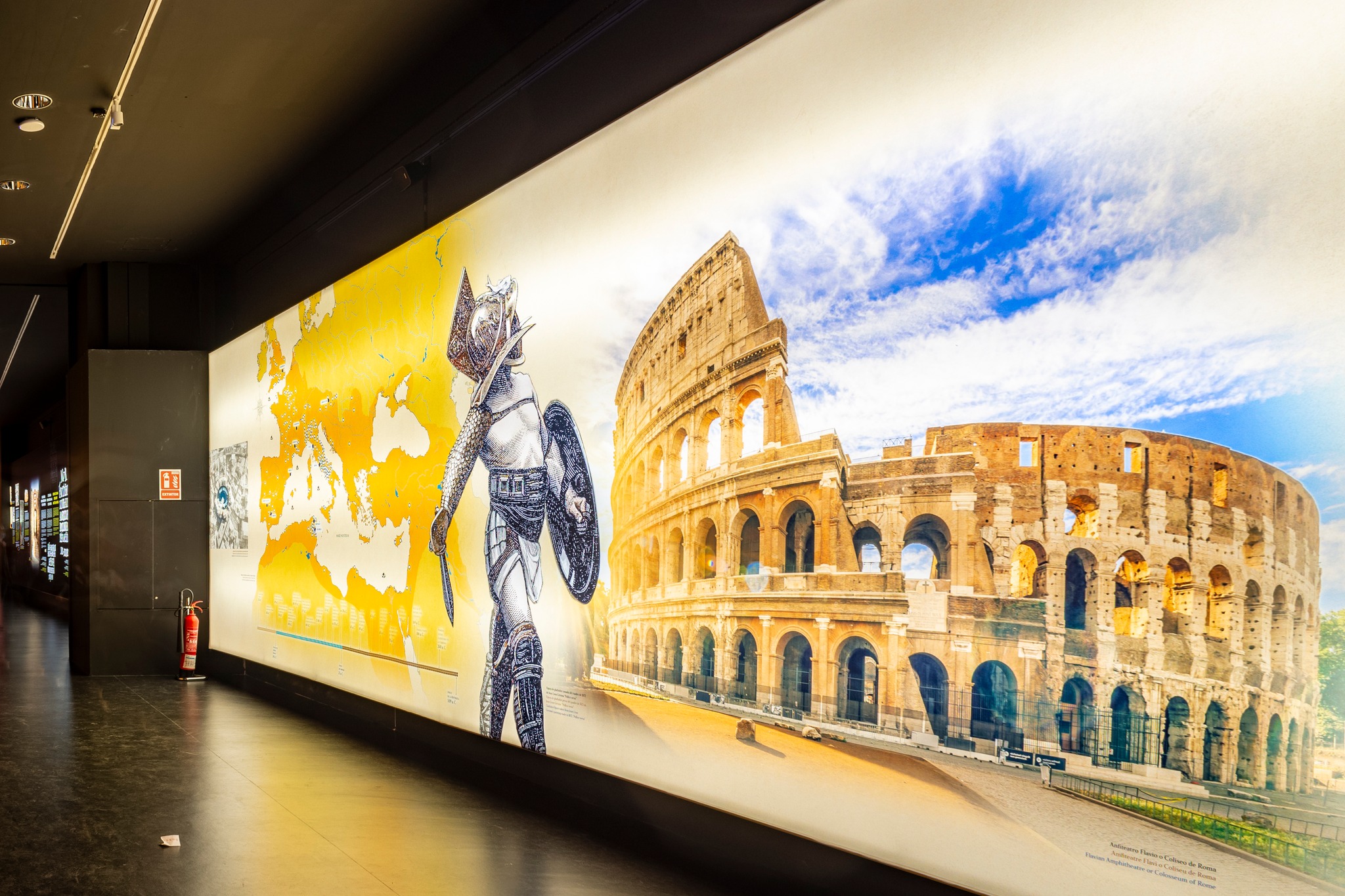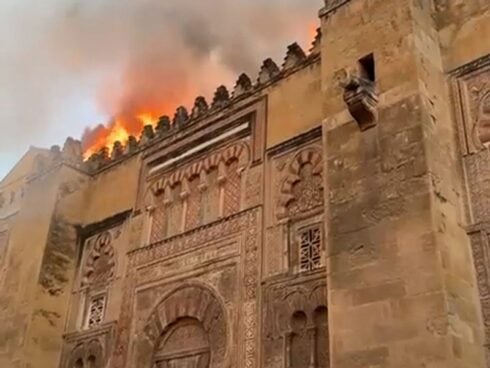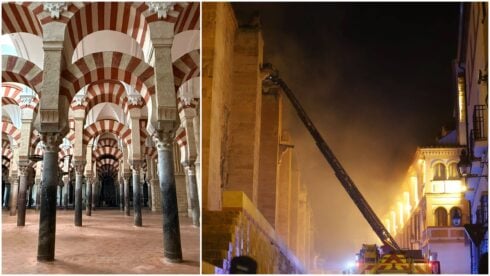SLAVES, prisoners of war, condemned criminals or even free men who voluntarily chose the job… There was no one route to becoming a gladiator in Roman times, but once in the profession, these men became famous and aroused great passions among the people. Hundreds of years later, a new exhibition in Burgos is telling the stories of some of these warriors.
The Museum of Human Evolution in the northern Castilla y Leon region has borrowed six funerary steles from Cordoba’s Archeology Museum for the show, which is called ‘Death in the arena. Gladiators of Cordoba’.
The steles – made from slabs of limestone or marble – are inscribed with the life stories of the dead gladiators, and were once located in a necropolis located in the Cordoba of Roman times.
The site was discovered in the 1930s when the local council in Cordoba decided to build a new neighbourhood, according to Spanish daily El Pais. It was then that workers found a spectacular underground tomb, and some years later proper excavation work located 15 burial sites (five of them with two occupants) for a total of 20 gladiators.
The exhibition also features reproductions of the equipment that these gladiators used, including shields, helmets, daggers and armour.
The items on display date from the first and second centuries A.D. but the exhibition explains the birth of the profession of gladiator from as far back as the fourth century B.C., when combat would honour someone’s memory.
The display would later become the preferred public spectacle in the times of the Roman empire, according to the museum.
The exhibition will run until autumn and is free to enter. Guided tours are also available at no charge.
Read more:
- Medina Sidonia: A bridge to the past in Andalucia’s inland Cadiz region, southern Spain
- Antequera: more than just the gateway to Europe’s best olive oil
Click here to read more La Cultura News from The Olive Press.








